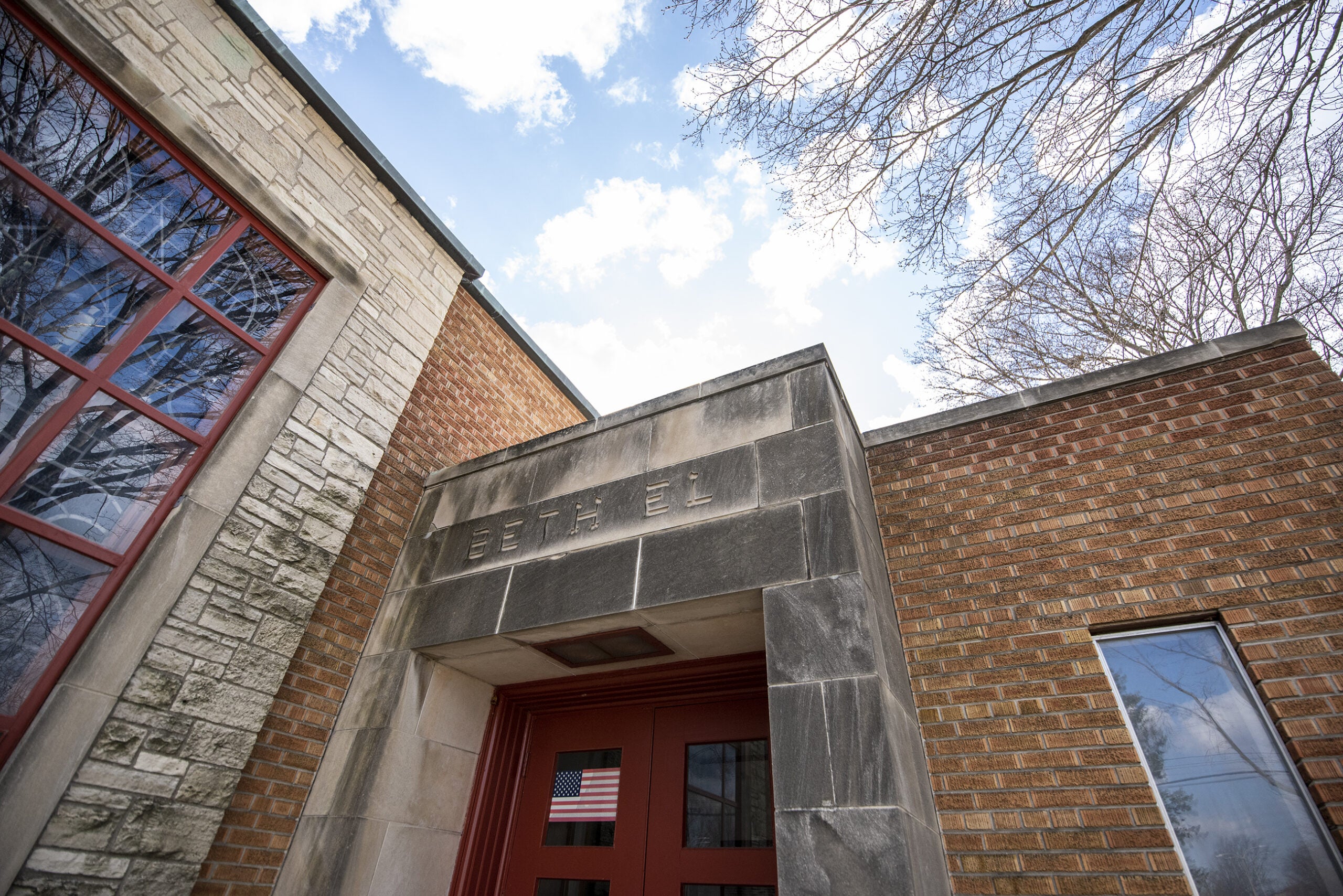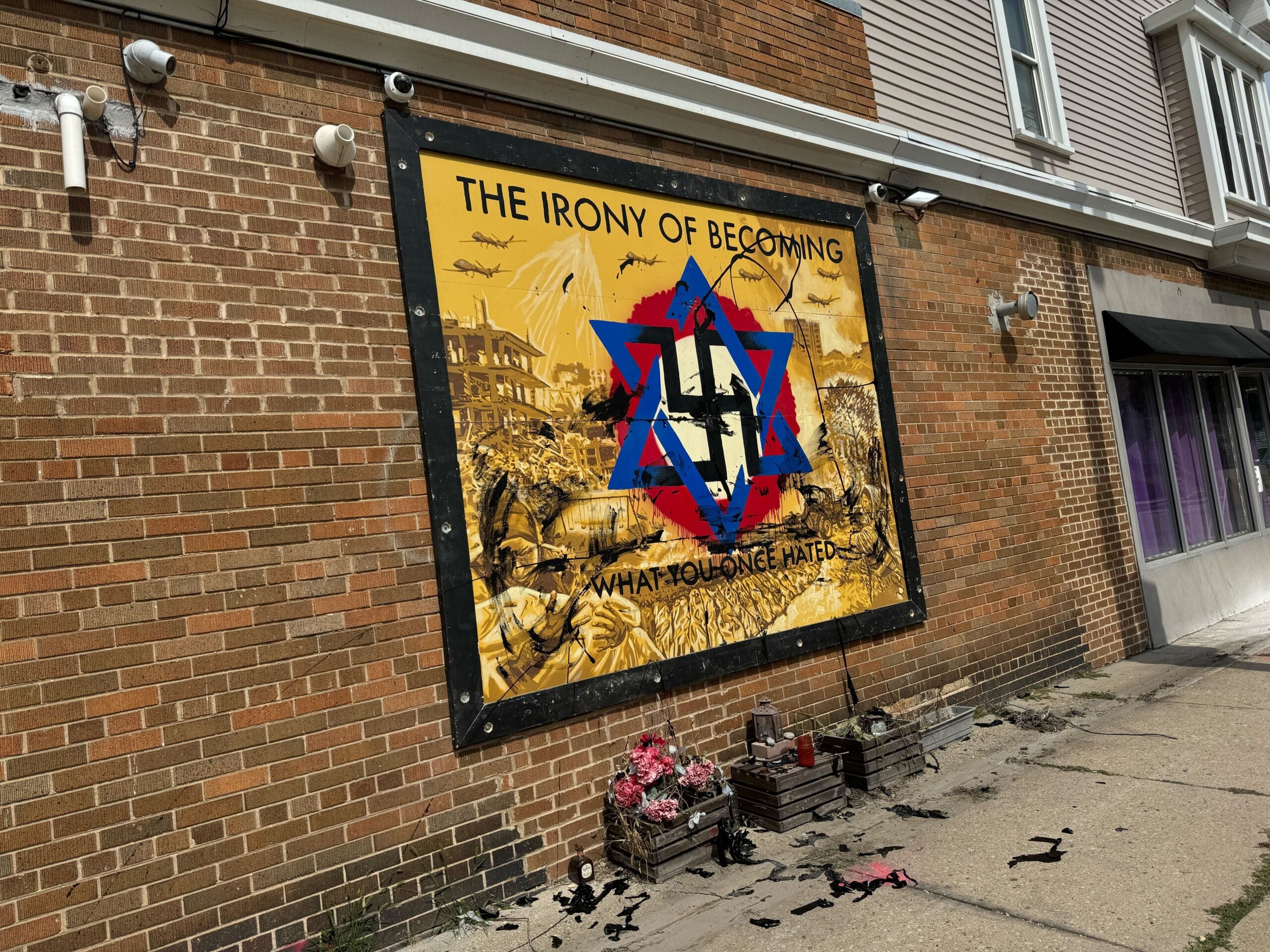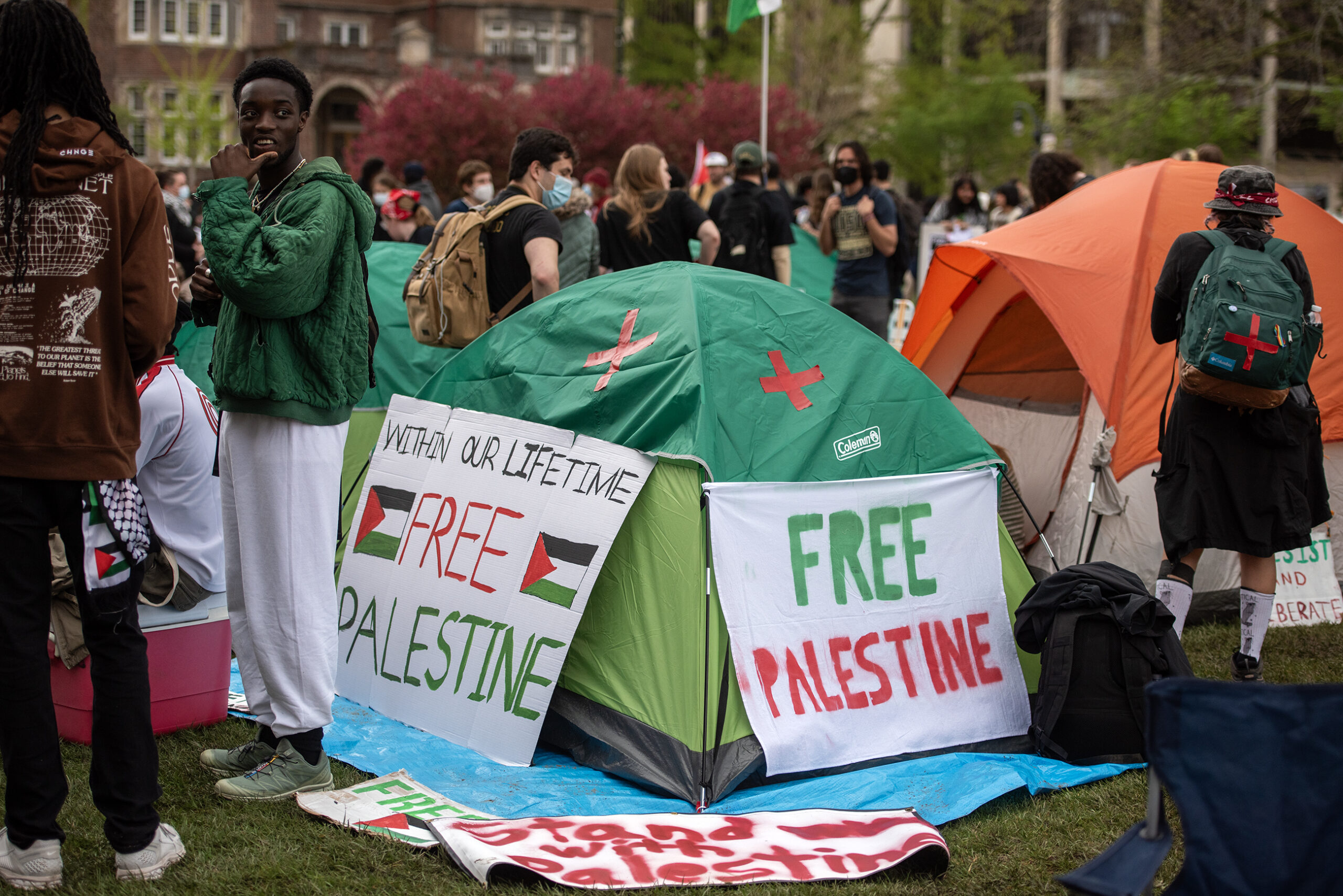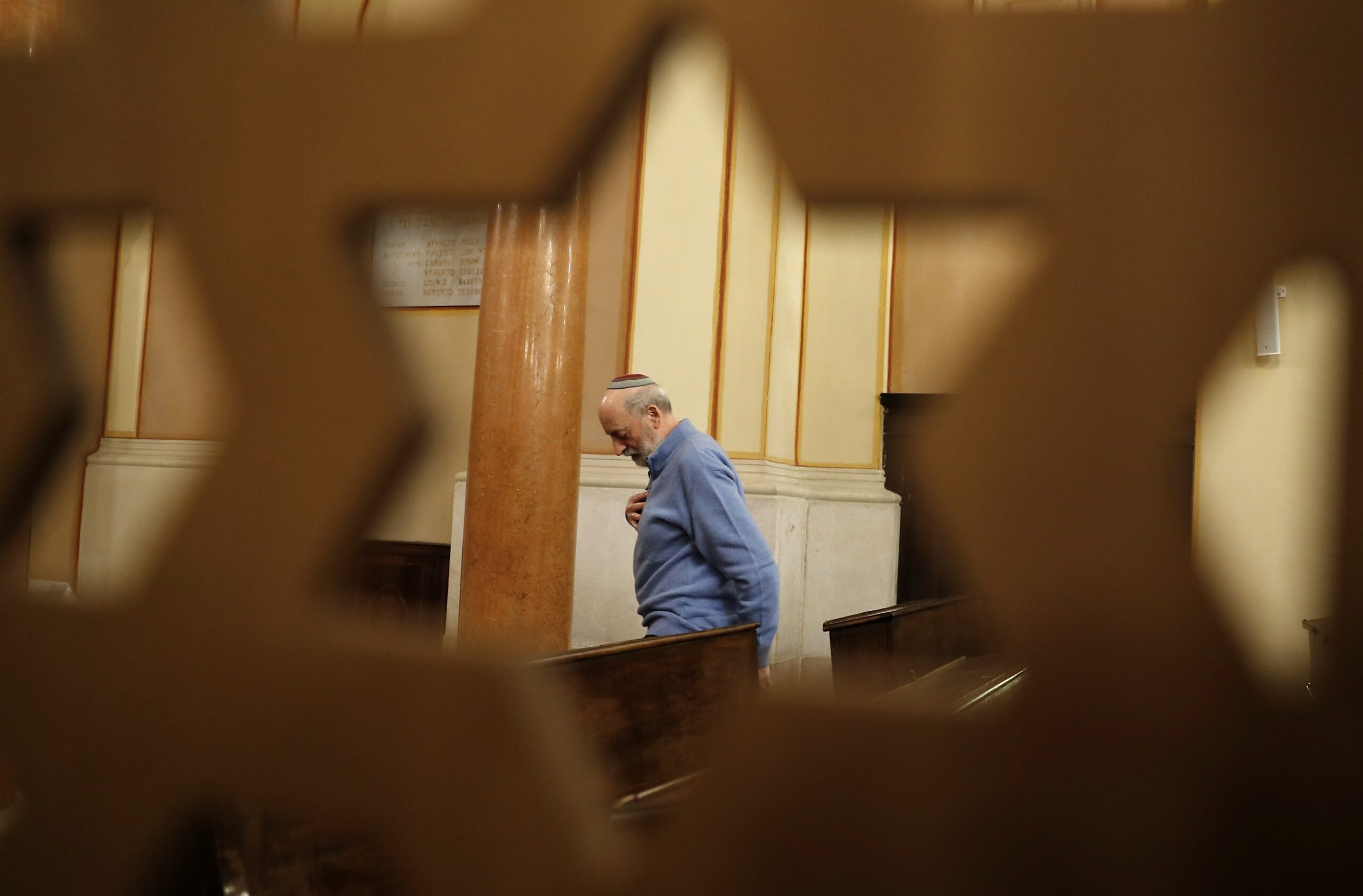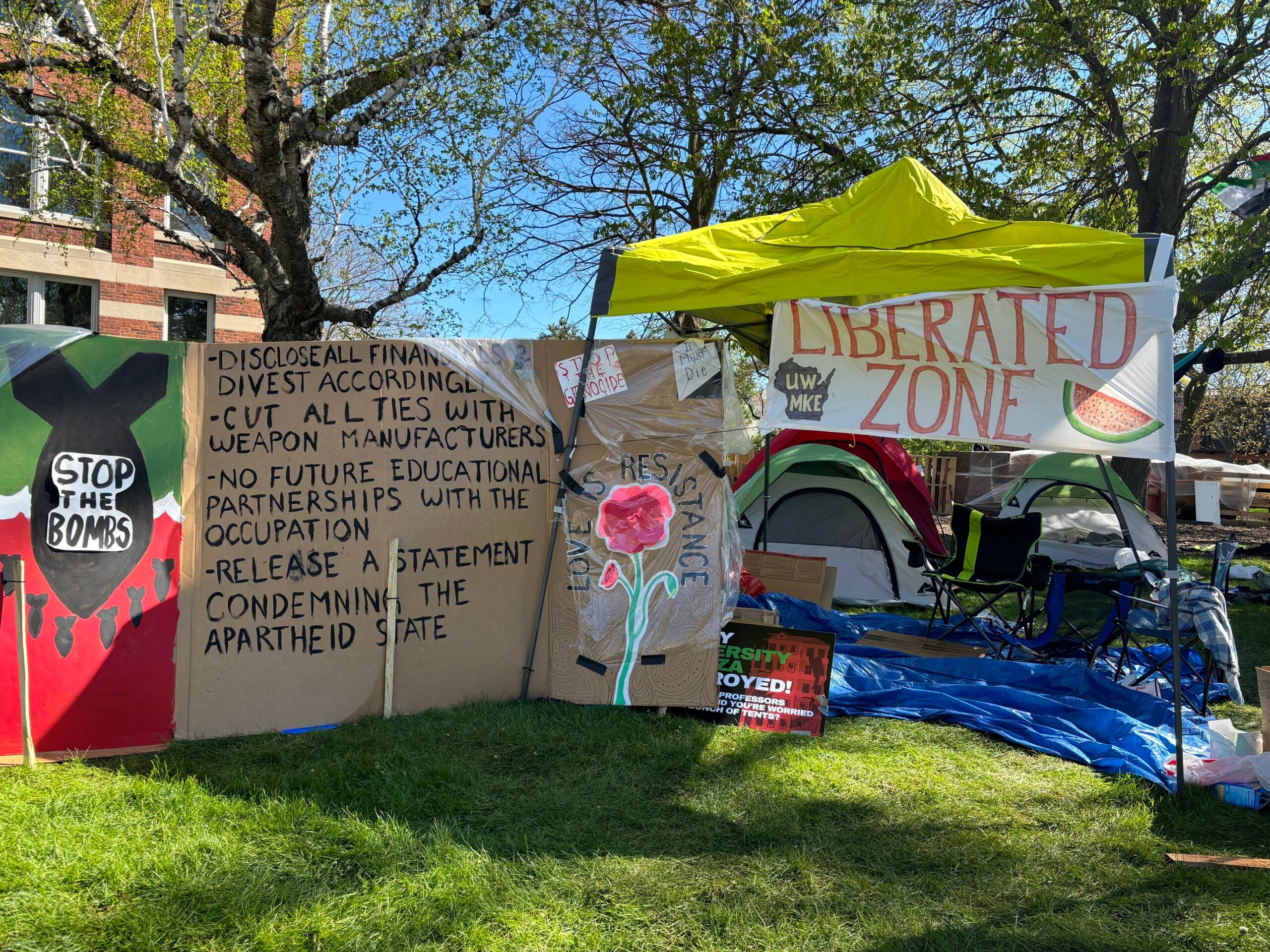Antisemitic incidents in Wisconsin soared for the seventh consecutive year, according to an annual audit report.
The report from the Jewish Community Relations Council of the Milwaukee Jewish Federation showed hate group activity, such as the distribution of leaflets that promote conspiracy theories, rose by 83 percent between 2021 and 2022.
In all, there were 101 reported antisemitic incidents in Wisconsin last year, a 6.3 percent increase from 2021.
Stay informed on the latest news
Sign up for WPR’s email newsletter.
Antisemitic events on college campuses in the state rose by 225 percent, and there was a 22 percent increase in incidents for K-12 schools during the same time period. The Council received 11 reports of incidents related to hate groups.
“Antisemitism didn’t begin or end with the Holocaust. Today, its legacy of hatred and prejudice against Jewish people is still a reality across our whole country. And it undermines both individuals’ physical safety and expression of their culture and religion,” said Andrea Bernstein, associate director at the Jewish Community Relations Council.
Acts of antisemitism, or hatred of Jewish people, have been rising in recent years. Between 2015 and 2022, there’s been a 494 percent rise in antisemitic incidents.
“Anytime that there is a societal crisis, that can trigger a spike in antisemitic activity. People start looking for simple answers to very complex problems,” Bernstein said.
Jewish people are the target of 60.3 percent of hate crimes motivated by religious bias, despite representing about two percent of the national population, according to FBI data. That’s the highest rate of any religious group. One in four American Jews experienced some form of antisemitism in 2021.
In Wisconsin, Jewish people represent less than 1 percent of the population.
Bernstein said the agency is concerned about the normalization of antisemitic conspiracy theories, such as those that falsely suggest Jewish people dominate the government or media. The most reported activity this year was the distribution of leaflets espousing those ideas or antisemitic rhetoric.
“Even people who may not identify as hating Jews or being antisemitic can spread dangerous ideology through these conspiracy theories,” Bernstein said.
Bernstein said social media antisemitic activity decreased, with online harassment, threats and assaults falling by 39 percent. Meanwhile, acts of vandalism and interpersonal incidents in the community increased.
She attributed that shift to the lockdowns and COVID-19 restrictions abating.
State trends in the audit also mirror national findings. The Anti-Defamation League’s Center on Extremism released a national report last week that found propaganda efforts — such as fliers, banners or stickers — by white supremacist groups reached an all-time high last year.
Miryam Rosenzweig, the CEO and president of the Milwaukee Jewish Federation, said hate groups are more overtly displaying hatred toward others.
“What we’re seeing now is that things that used to be whispered are being said out loud. And I don’t think that it is society as a whole, but we are definitely in an environment where hateful people and hateful groups have felt the freedom to act in the way that they do. And that should be concerning to all of us,” Rosenzweig said.
College campuses see sharpest rise yet in antisemitism
The Jewish Community Relations Council reported universities and colleges saw many pejorative references to Israel and Zionism, in some cases associating it with racism and genocide.
“As opposed to having dialogue and criticism of the policies of Israel and the government of Israel, it has crossed the line into demonizing Jewish students who identify as being Zionist or believe in the right of Israel to exist as a country,” Bernstein said.
Rosenzweig of the Milwaukee Jewish Federation emphasized that criticizing the policies of a democracy like Israel is normal and healthy, save for invoking anti-Jewish tropes, blaming all Jewish people for the acts of the government or holding the country to a different standard than any other nation.
The Council also received reports of swastika graffiti, verbal harassment of Jewish students and other incidents of expression on campus that defamed Jews.
Among incidents reported this year were antisemitic graffiti at elementary schools.
“The most disturbing to me was how young it is getting,” Rosenzweig said. “It is concerning that we are now seeing it in elementary school. It is concerning the number of incidents that we’re seeing in high schools, and it speaks about an environment where people are seeing so much on social media.”
Leaders emphasize education, resiliency to combat antisemitism
Michoel Feinstein, the Chabad rabbi in Green Bay, said he and his family have been the targets of antisemitic slurs hurled at them when they walk outside on the Sabbath. But he’s received more support than anything else, he said, and the Jewish community still enjoys a solid footing with non-Jewish neighbors.
“When antisemitism is brought to the forefront, it’s not an attack on nearly everybody, arguably even the antisemites, but rather a call or request for camaraderie for standing together so that we can eliminate this particular element of society’s behavior,” Feinstein said.
Rosenzweig of the Milwaukee Jewish Federation said leaders want to work with legislators and community partners to raise awareness. She said hatred against Jewish people is often a sign of growing hostility toward other groups, as well, even if it’s not as visible.
Even so, Rosenzweig said she’s “always optimistic.”
“The journey of the Jewish people is a 2,000-year story of challenges and overcoming it. And we know that the power lies in the people. We know that the power lies in us allowing hateful groups to have a voice. We know it’s in our power to change the way society talks. We know it’s in our power to do all that,” she said.
People can report antisemitic incidents local law enforcement and the Milwaukee Jewish Federation at JCRC@milwaukeejewish.org or through their website: www.Milwaukeejewish.org/Antisemitism.
Wisconsin Public Radio, © Copyright 2025, Board of Regents of the University of Wisconsin System and Wisconsin Educational Communications Board.
